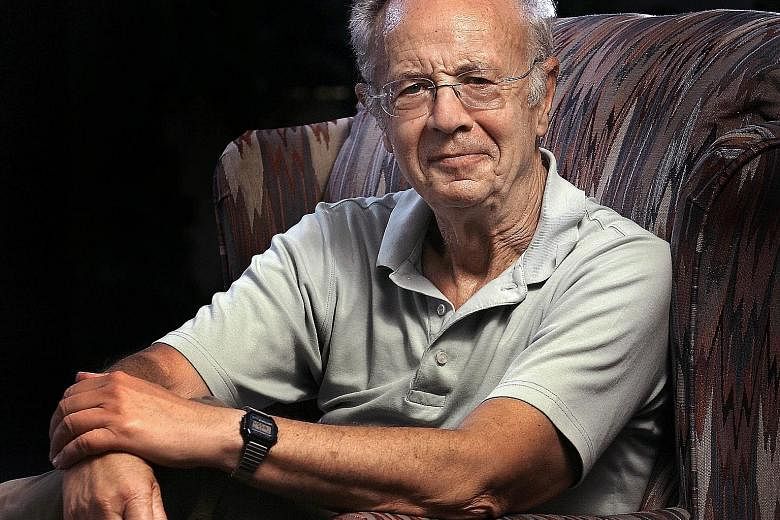SAN FRANCISCO • Mr Andy Grove, who made Intel into the world's top chipmaker and helped usher in the personal computer age, has died at the age of 79.
Under his stewardship, the Pentium brand and "Intel Inside" logo became recognised worldwide.
The announcement from Intel said Mr Grove died yesterday but did not describe the circumstances of his death. But he had suffered from Parkinson's.
He was Intel's first employee after it was founded in 1968, and became the practical-minded member of a triumvirate that eventually led "Intel Inside" processors to be used in more than 80 per cent of the world's personal computers.
With his motto "only the paranoid survive", Mr Grove championed an innovative environment, encouraged disagreement and insisted employees be vigilant of disruptions in industry and technology that could be major dangers - or opportunities - for Intel.
Mr Grove's overhaul of Intel's business - switching from digital memory to microprocessors, the brains at the centre of personal computers and other electronic devices - was an early example of his obsession with detecting major shifts in business and technology, and staying flexible.
While Intel founders Robert Noyce and Gordon Moore proposed much of the chip technology that helped create the semiconductor industry, it was Mr Grove who turned their ideas into actual products.
Mr Grove, who was Jewish, was born Andras Grof in Budapest in 1936. In 1956, he left Hungary, sneaked into Austria and emigrated to the United States, where he earned a doctorate in chemical engineering from the University of California at Berkeley.
Mr Grove worked first at Fairchild Semiconductor, researching technology that would eventually be used to make microchips. He then joined Intel, becoming president in 1979, CEO in 1987 and chairman and CEO in 1997. He gave up his CEO title in 1998, remaining chairman until 2004.
REUTERS

